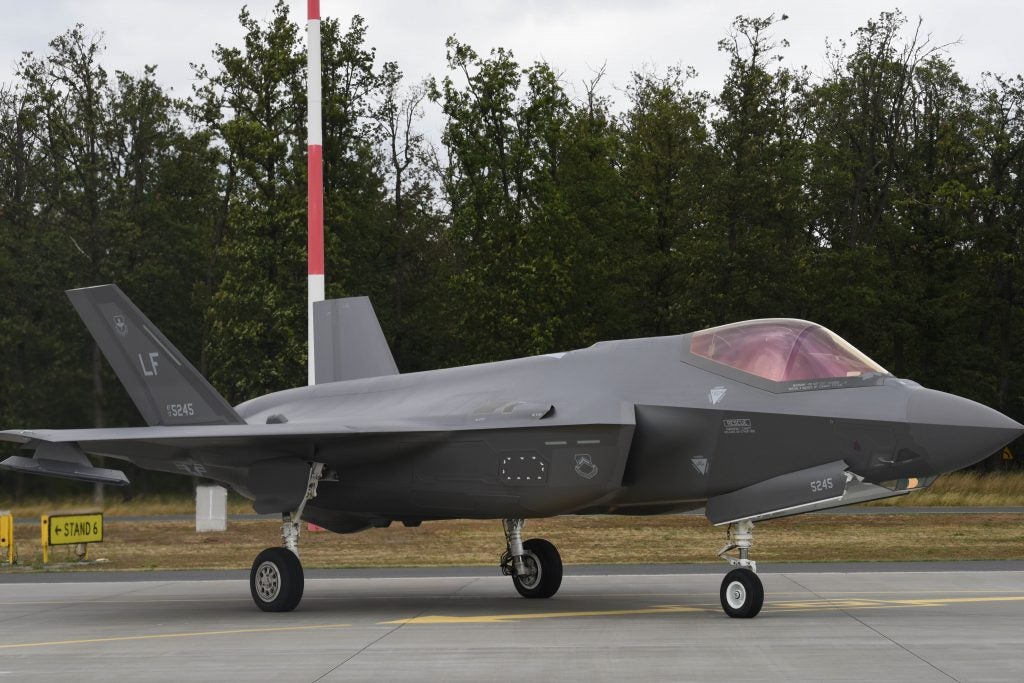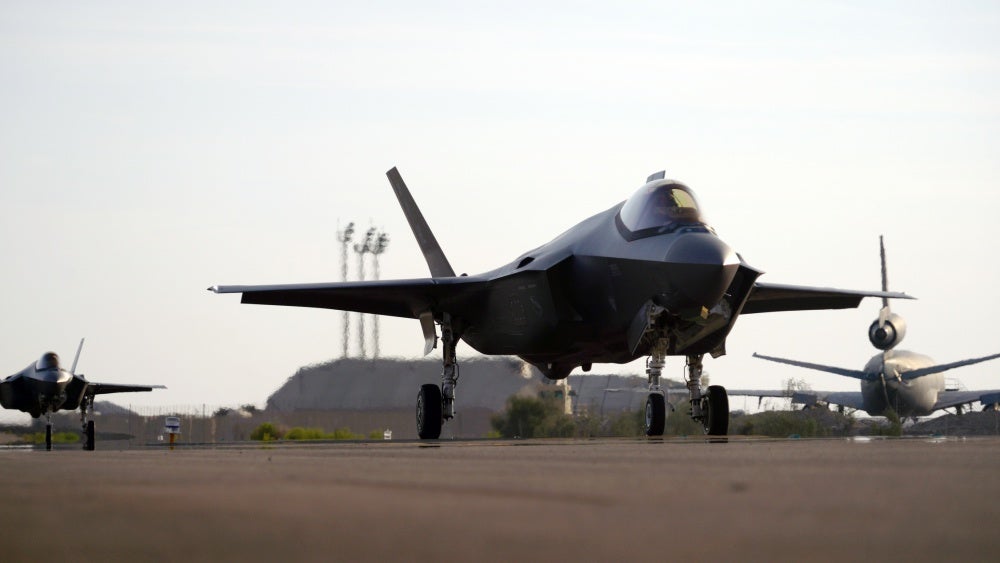Poland – The Newest Member of the F-35 Owners Club
In mid-2019 the Polish Ministry of Defense annouced its plans to modernize the Polish Air Force (PAF) with a new fighter. The Harpy Program, the plan to purchase modern multirole combat fighters, is a necessity to reinforce the capabilities of Poland. After four MiG-29 crashes (two fatal ones), the Ministry of Defense put a halt to further modernization of this fighter. The current fleet of twenty-eight MiG29s has been grounded.
This has reduced of the PAF significantly due to a lack of modern jets. Currently the PAF fields three basic types of aircraft. Su-22M4 attack planes, MiG-29 fighter jets and Lockheed Martin F-16C Block 52 multirole fighters. Currently, there are only forty-eight F-16s, of which only a portion are operational. Commitment to the Baltic Air Policing mission also limits the readiness of the PAF.
The announcement of the plan took place after this technical limitation of airpower capacity, the Ministry of Defence started to seek the solution in the purchase of the fifth-generation multirole jets. The only suitable partner for such a purchase in the United States with F-35. A purchase of thirty-two fighters (with four jets being delivered by as early as 2022) is considered the optimal choice for the Polish Air Force. The final declaration on the number of jets took place on 31 January.
It is still not known what the final price will be. Congress has set $6.5bn USD as the maximum price level. Belgium was able to purchase the same amount of F-35s for $4.25bn. There are speculations that the ministry has over financed the purchase. It may require a special bill which will allow for special funding of the purchase, rather than using the regular military modernization and maintenance budget.

However, there are some controversies over the planned purchase. General Mirosław Różański (currently retired), the former commander in chief of the Polish Army, expressed doubts in the ministry’s choice. In his opinion, F-35 is not suitable for the conditions of the Polish strategy of defense. Besides its highly offensive profile, there is a huge technological gap between the F-35 and the rest of the Polish military and lack of proper equipment to transfer information for pilots in combat. Further problems start to occur when maintenance is considered. Offset and technological transfers were set aside in this case. There are also no airfields which are currently capable of stationing the F-35.
There are also questions about whether an F-16V or F-16 Block 70/72 would be a better choice for the PAF. The modernisation of the existing fleet already requires huge financial efforts for its maintenance, partially grounding the fleet. Adopting F-16V, however, would unify the planes being used by the PAF, saving on maintenance costs. Also, many more F-16Vs would be able to be procured for the amount of money currently budgeted for the F-35.
In the upcoming months we should see answers to questions about financing the purchase, as the debate in Poland’s Parliament over the Ministry of Defense’s spending and their results. However, one thing remains constant, Poland will seek to improve its operational capabilities with the most modern equipment there is available on the market.

